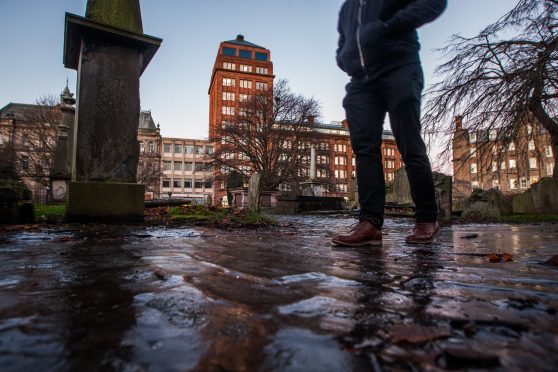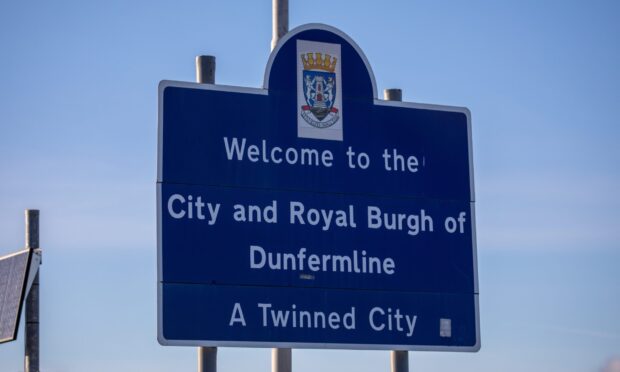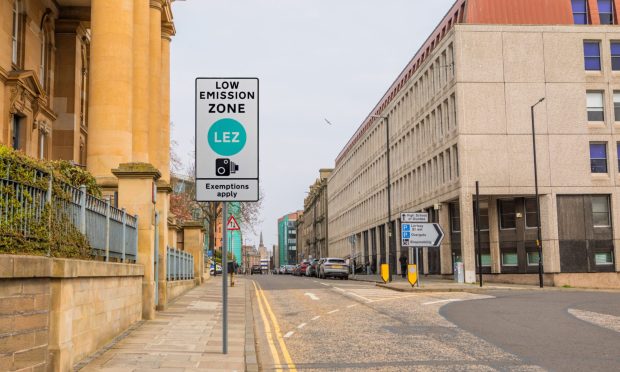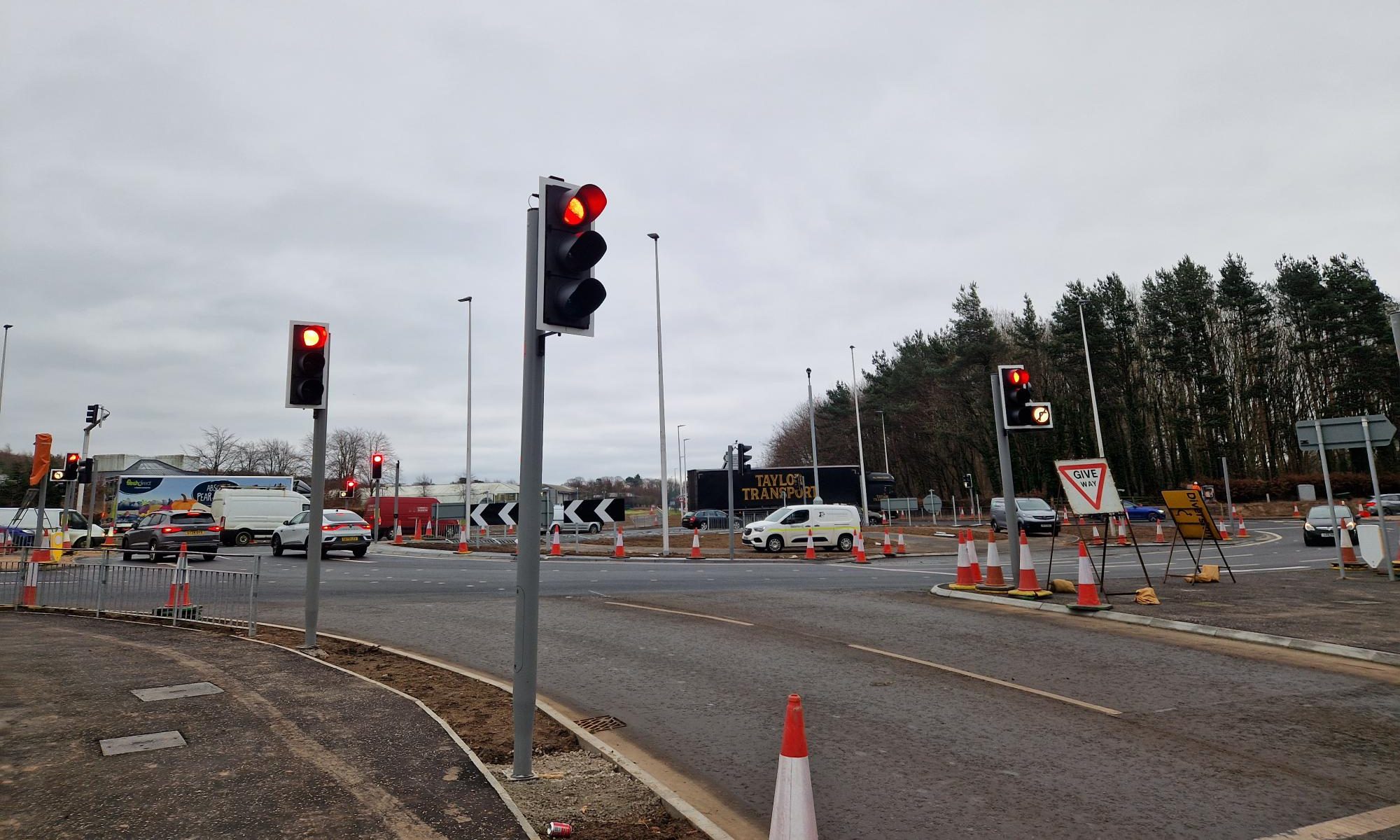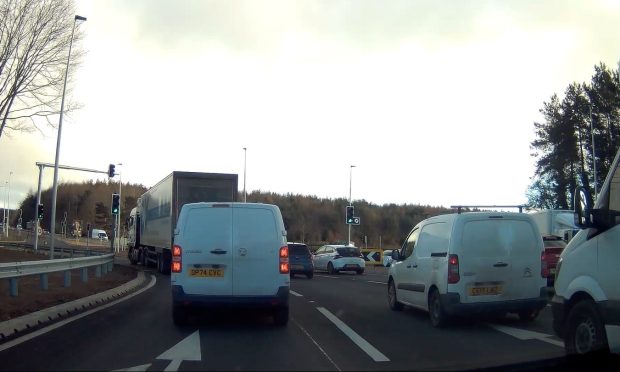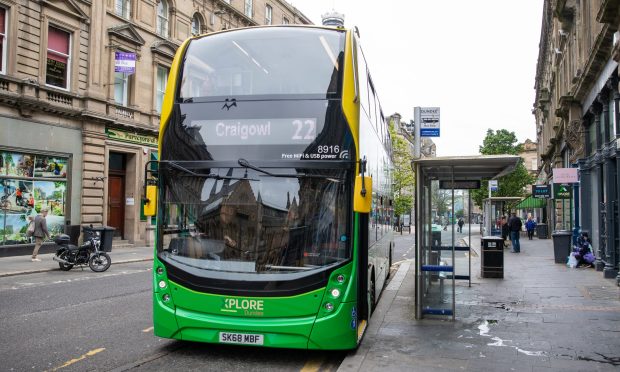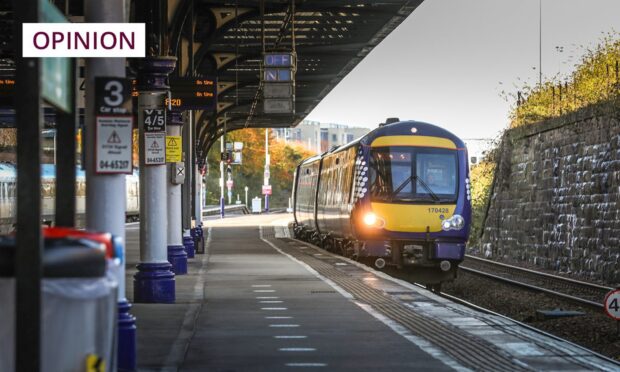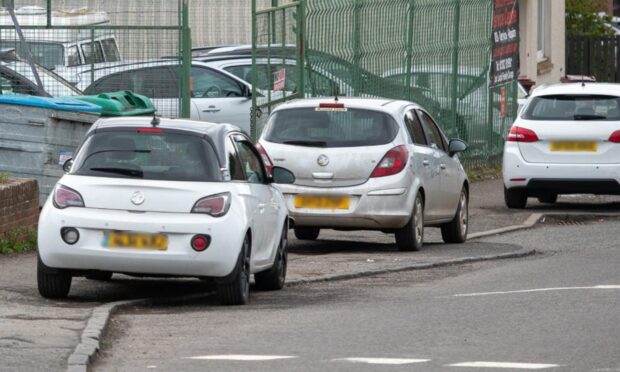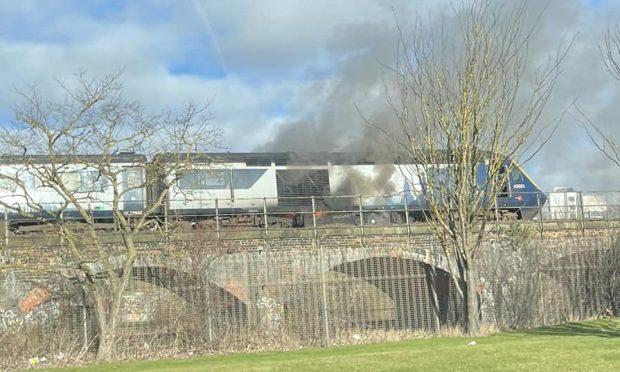A prolonged cold snap put health and council services to the test this week as plummeting temperatures and black ice led to treacherous conditions on roads and pavements.
NHS Tayside revealed it had been experiencing “exceptional” demand in the last few days due to a sharp increase in the number of slip and trip injuries, and urged people only to show up at A&E if they had a genuine emergency.
Accident and Emergency Consultant Dr Michael Johnston, said: “Our emergency departments have seen a significantly higher than normal number of patients over the last couple of days, mostly attributed to falls caused by the icy conditions.”
A yellow Met Office warning of an ice “hazard” was in place across the whole of Tayside and Fife from Thursday night into Friday at 11am, and another covering the most westerly areas of Fife and Perthshire was due to remain in place until 11am on Saturday.
Locals reported slippery surfaces across the region on Friday after temperatures dropped to as low as -4.4C at Leuchars and -2.9C at Strathallan Airfield.
In Dundee the cobbled paths of the Howff were problematic for pedestrians, with others reporting icy surfaces on the Perth and Arbroath roads.
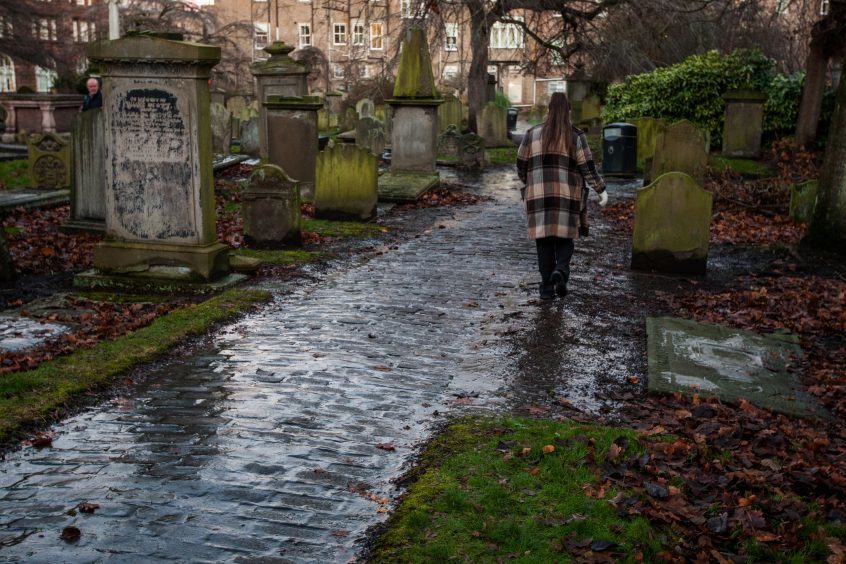
One Broughty Ferry resident reported seeing elderly people “literally clinging to lamp posts and railings” on Friday morning and said sections of the Arbroath Road pavement were “like a skid pan”.
Dundee City Council, through Tayside Contracts, is responsible for maintaining “priority, secondary and cul-de-sac routes”. During adverse conditions from October into late March they are treated seven days a week.
Secondary and cul-de-sac links are given “lesser” cover from gritters, however the local authority said all of its routes and footpaths were treated throughout the week.
A spokesman for the council said: “Road and pavement gritters have been out across the city all week. This has included 14 frontline gritters and 20 pavement gritters.
“There are also 900 grit bins at significant locations in the city, many placed as a result of requests from local people.”
The council’s gritting route map can be found here.
Perth and Kinross Council splits its winter maintenance gritting system into four categories of roads and the same number for footpaths.
The top priorities are “strategic routes carrying large volumes of traffic and connecting main centres of population outwith the Perth area” and “main rural roads”.
A Perth and Kinross Council spokeswoman said: “All category one parts of the network, when required, have been pre-treated and have received follow-up treatment in response to the prevailing conditions.
“Most of the network of category two and three roads and footways have also received treatment. However, they are treated after the category one network has received treatment.
“The council has to operate within the available resources at its disposal and as such we cannot pre-treat category two and three parts of the network, we can only attend to them during normal working hours following the completion of the category one network treatment.”
Fife Council’s “primary routes” encompass 24 roads; eight each in Mid Fife, the south and the north. Footpaths are graded priority one, two or three, ranging from the main pedestrian routes to the most rural and remote walkways.
Lead professional of Fife Council’s maintenance operations Jim Coleman said: “We constantly monitor our roads and the weather, and take appropriate action to respond to the conditions.
“Primary routes were treated at 3pm and 4.30am last night (Thursday-Friday). We’re now treating secondary routes throughout Fife and salting primary one footpaths. Action will continue as required.”
Angus Council splits its network into three categories of public roads, which are treated around forecasts for snow and ice.
Priority and non-priority footways are treated along with the three categories of road, however “non-priority” ones are not gritted at weekends.
The local authority did not respond to a request for clarity on which roads and paths had been gritted throughout the past week.
Temperatures were due to plummet to between -5C and -7C in some areas into Saturday morning, however Sunday could bring “mild” conditions of up to 10C.
Met Office spokesman Oli Claydon said: “Friday night into Saturday is another cold one with an ice warning in force. Temperatures of -3C are likely widely with a chance of going down to -5C or -7C in rural spots.
“There is another chilly night on Saturday, but Sunday is really feeling quite mild. Glasgow could be 10C and Aberdeen 8C.”
